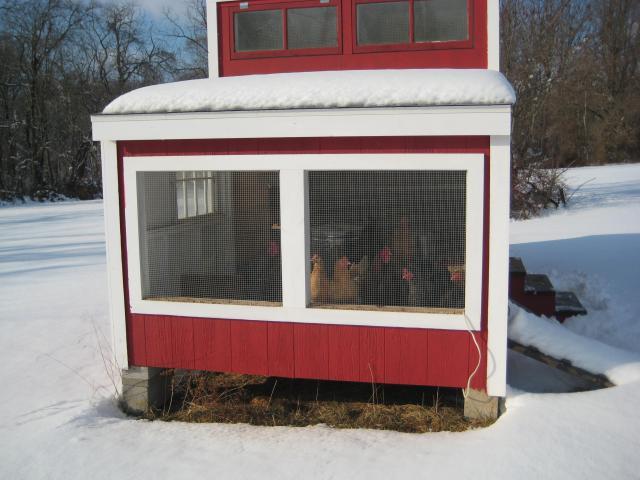My coop was 8'x16' too. I started with treated 3/4" exterior plywood, then I painted it with a rubberized paint used on mobile homes, and motorhome roofs. I painted the floor, and the foot plate of the walls. This sealed everything very well. I've used the deep liter method and have had excellent results. Also instead of wood shavings, I used wood pellets. Once they break down, they absorb and maintain humidity levels in my coop. About once a month I may add another bag to maintain about a 6" to 8" depth. Every day when I collect eggs, feed and water my birds I use a 3 pronged cultivator and turn it over. I only need to clean it out twice a year, spring and fall, and that just goes straight into my garden. Pellets break down into a fine sawdust mix and tills into the ground better than shavings. Also, by turning it over once a day, I never have a fly problem and there's no ammonia smell. The deep litter method also promotes healthy bacteria year round. I've had overall great results using this method. I'm one of those people who turn everything into a science project, so after trying several types of liters this seems to be the best I've found.




